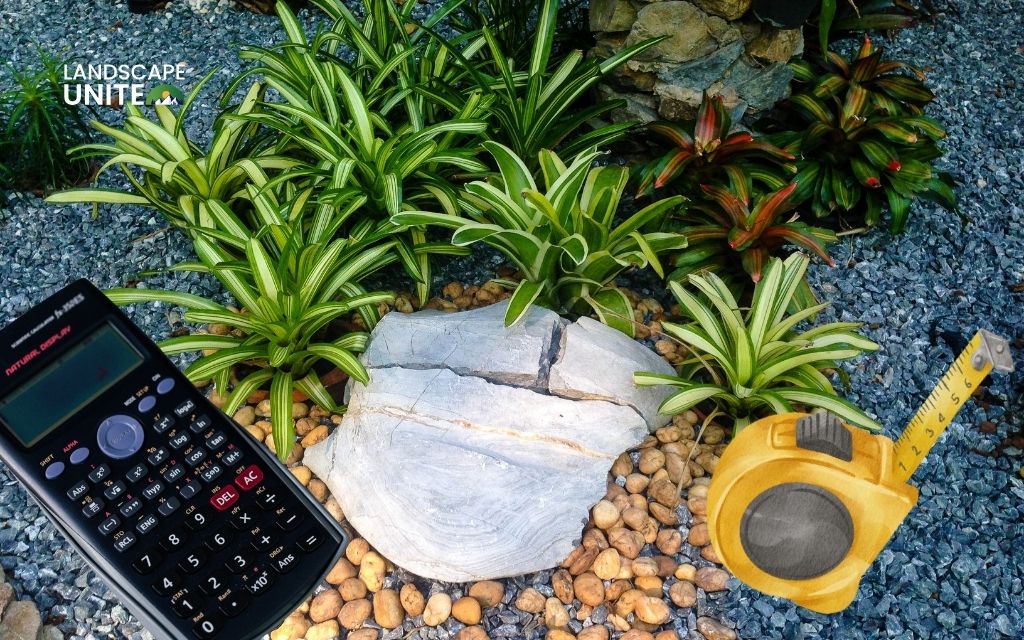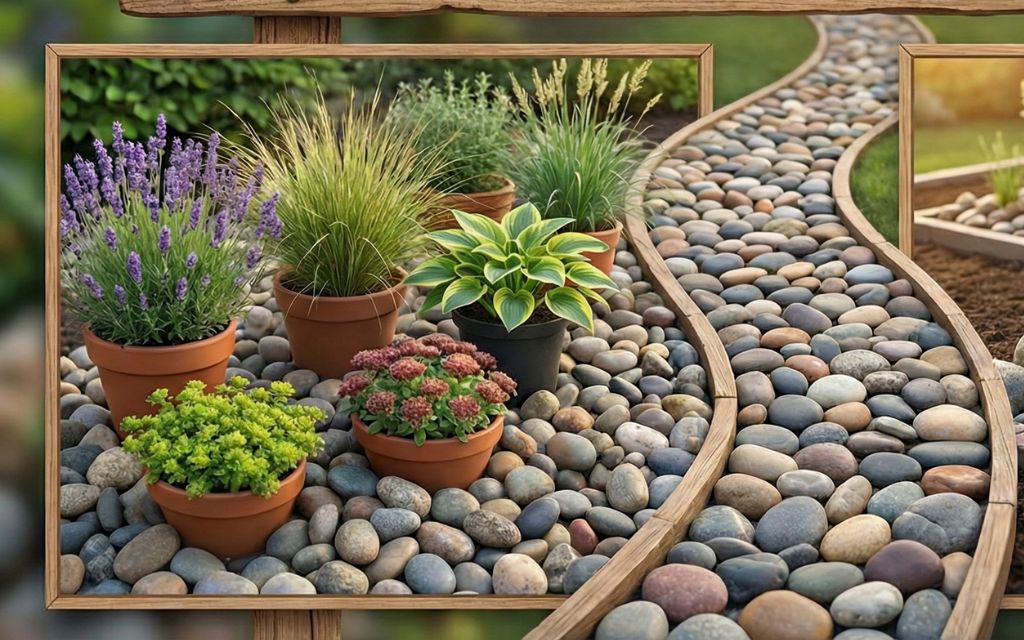Xeriscaping isn’t about creating a barren desert landscape filled with nothing but rocks and cacti. Instead, it’s a thoughtful approach to gardening that embraces drought-tolerant plants, efficient water use, and smart design principles to create beautiful, sustainable landscapes that thrive with minimal maintenance.
Whether you’re dealing with water restrictions, living in a drought-prone region, or simply want to reduce your environmental footprint, these 15 low-maintenance xeriscaping ideas for beginners will help you transform your yard into a low-maintenance oasis that looks great year-round.
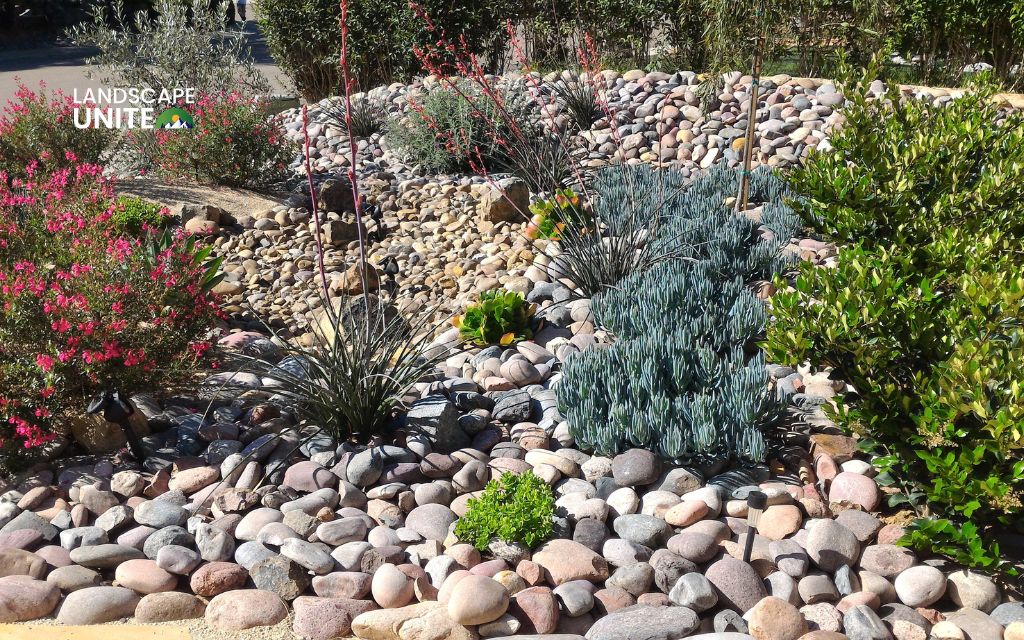
15 low-maintenance xeriscaping ideas for beginners
Replace grass with drought-tolerant ground covers
Traditional turf grass can consume up to 70% of a household’s water usage during summer months. Ground covers like creeping thyme, clover, or sedum offer attractive alternatives that require a fraction of the water.
These plants spread naturally, creating a carpet-like effect, and require only occasional deep watering once established. Creeping thyme even releases a pleasant fragrance when walked on.
Best for: Front yards, areas around trees, and gentle slopes where erosion control is needed.
Create a modern rock garden
Rock gardens aren’t just practical – they’re surprisingly versatile design elements that can anchor your landscape while requiring zero water. Rocks and gravel provide excellent drainage for drought-tolerant plants while creating visual interest through texture and color variation. They also help suppress weeds and retain soil moisture.
Best for: Sunny locations, areas with poor soil, or spots where you want to create a focal point.
Incorporate drought-tolerant plants
This is where xeriscaping gets exciting. Drought-tolerant plants offer incredible diversity in colors, textures, and forms.
- Succulents like agave, aloe, and various sedums provide architectural interest with their sculptural forms and often colorful foliage. Many produce stunning flower spikes that attract hummingbirds and beneficial insects.
- Native plants such as purple coneflower (Echinacea), black-eyed Susan, and native grasses have evolved to thrive in your local conditions. They typically require no supplemental water after establishment and provide food for local wildlife.
- Mediterranean herbs like lavender, rosemary, and oregano serve double duty – they’re extremely drought-tolerant and provide fresh herbs for your kitchen.
These plants have developed natural adaptations like waxy leaves, deep root systems, or water-storing capabilities that allow them to thrive with minimal water.
Best for: Mixed borders, container gardens, and as specimen plants that serve as garden focal points.
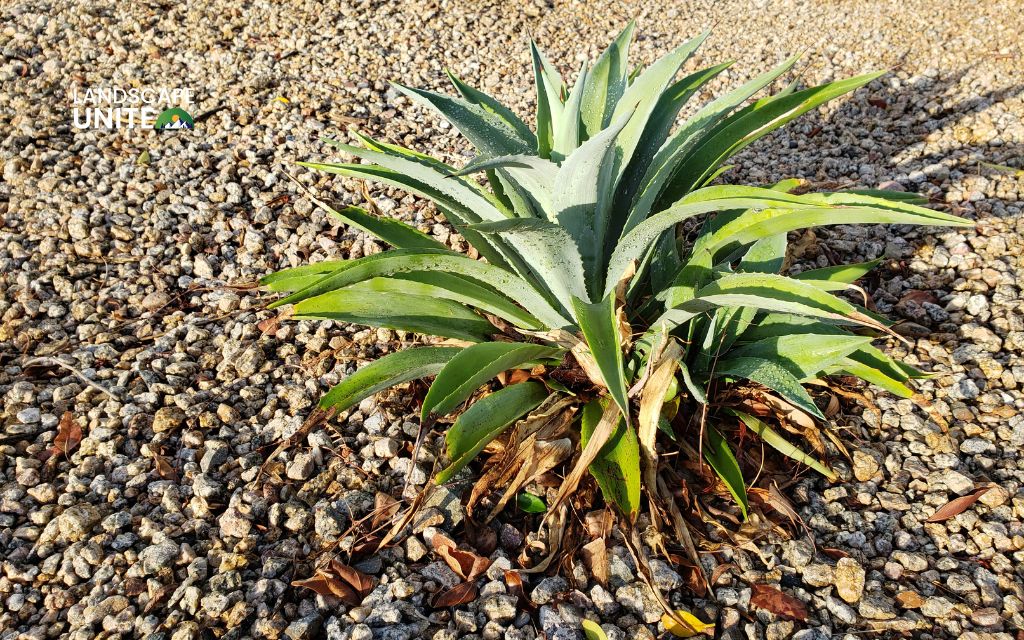
Add texture with ornamental grasses
Ornamental grasses bring movement and texture to xeriscapes while requiring minimal care once established. Grasses like blue fescue, fountain grass, and native bunch grasses have extensive root systems that efficiently capture and use available moisture. They also provide year-round interest, with many offering attractive seed heads that persist through winter.
Best for: Creating natural-looking borders, screening unsightly areas, or adding vertical elements to flat landscapes.
Install efficient irrigation systems
While xeriscaping reduces water needs, strategic irrigation ensures your plants thrive during establishment and dry periods. Drip irrigation and soaker hoses deliver water directly to root zones, reducing evaporation by up to 50% compared to sprinkler systems. This targeted approach also prevents water waste on pathways and hardscaping.
Best for: Garden beds, container gardens, and areas where you want precise water control.
You can find ways to install efficient irrigation systems for a xeriscaping garden in this blog.
Mulch for maximum impact
Mulching is one of the most cost-effective xeriscaping strategies, offering multiple benefits for minimal investment. A 2-3 inch layer of mulch reduces evaporation, suppresses weeds, moderates soil temperature, and gradually improves soil structure as organic mulches decompose.
Best for: Around trees, in perennial beds, and vegetable gardens.
Design a dry creek bed for function and beauty
Dry creek beds solve drainage problems while adding a naturalistic element that looks intentional and attractive even when dry.
These features channel rainwater runoff naturally while creating habitat for beneficial insects and providing visual interest through varied stone sizes and strategic plantings along the “banks.”
Best for: Slopes, areas where water naturally collects, or as a design element that connects different garden areas.
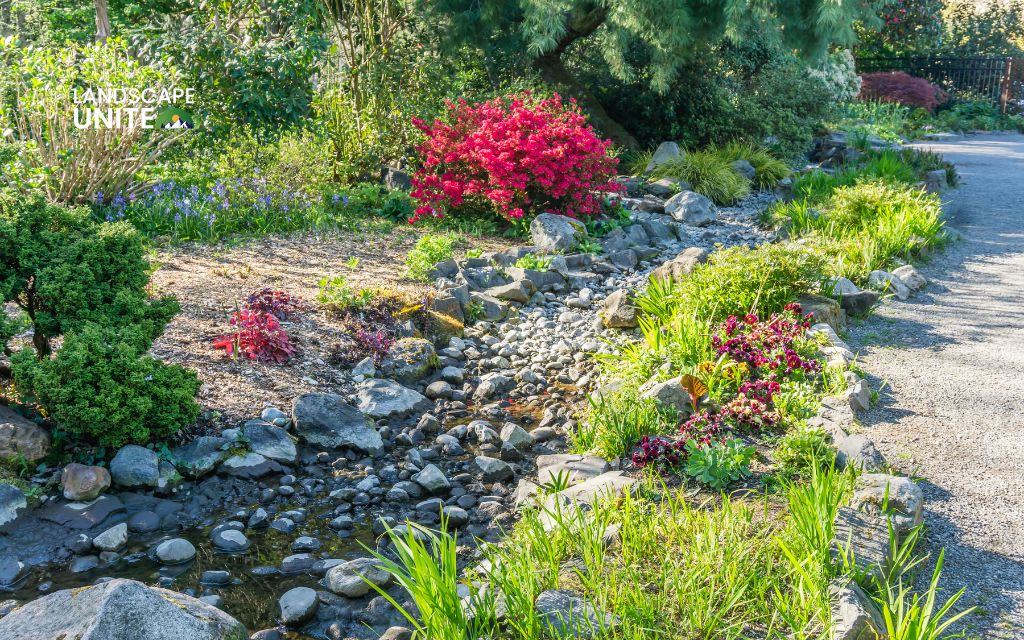
Create water-wise pathways
Pathways made from gravel, flagstone, or permeable pavers reduce the area requiring water while improving garden accessibility. These materials require no water or maintenance beyond occasional weeding, and they help define garden spaces while providing clean walking surfaces.
Best for: Connecting different garden areas, creating seating areas, or providing access to maintenance areas.
Embrace container gardening
Containers offer excellent control over growing conditions and water usage while providing flexibility in garden design.
You can use drought-tolerant potting mixes, control water application precisely, and move containers to optimize growing conditions or create seasonal displays.
Best for: Patios, balconies, entryways, or as accent pieces within larger garden beds.
Plant native wildflowers for pollinator gardens
Native wildflower gardens support local ecosystems while requiring minimal maintenance once established. Native plants have co-evolved with local pollinators and require no fertilizers or pesticides. They provide food and habitat for beneficial insects while creating colorful, naturalistic displays.
Best for: Large open areas, meadow gardens, or naturalized spaces where formal landscaping isn’t required.
Learn more about how to create a pollinator-friendly xeriscape garden that attracts bees and butterflies.
Use decorative rocks and boulders as focal points
Large stones and boulders serve as permanent landscape anchors that require no maintenance while providing year-round structure. Rocks create microclimates for plants, provide thermal mass that moderates temperature swings, and serve as attractive focal points that look good in all seasons.
Best for: Creating visual anchors, defining space boundaries, or providing backdrop for seasonal plantings.
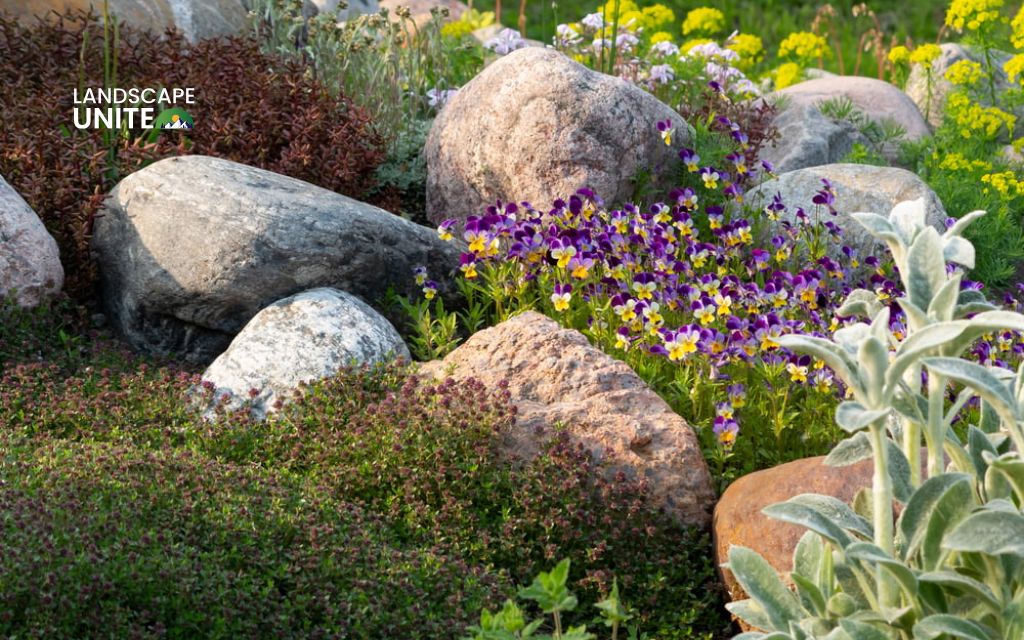
Develop an edible xeriscape garden
Who says water-wise gardens can’t be productive? Many herbs and vegetables thrive with minimal water once established.
Mediterranean herbs like thyme, oregano, and sage actually develop more intense flavors when grown under slightly dry conditions. Many vegetables, including tomatoes and peppers, produce better flavor when not overwatered.
Best for: Kitchen gardens, raised beds, or sunny spots near the house for easy harvesting.
Replace traditional lawn areas
Conventional turf requires more water, fertilizer, and maintenance than almost any other landscape element.
Alternatives like buffalo grass, fine fescue, or mixed ground cover plantings provide green space while using 30-50% less water than traditional bluegrass lawns.
Best for: Areas where you want some green space but don’t need the durability of high-traffic turf.
Integrate hardscaping elements
Patios, walls, and other constructed elements reduce the area requiring water while adding functionality and visual interest. Well-designed hardscaping provides outdoor living space, defines garden areas, and creates attractive transitions between different landscape zones.
Best for: Creating outdoor rooms, defining space boundaries, or providing level areas on sloped sites.
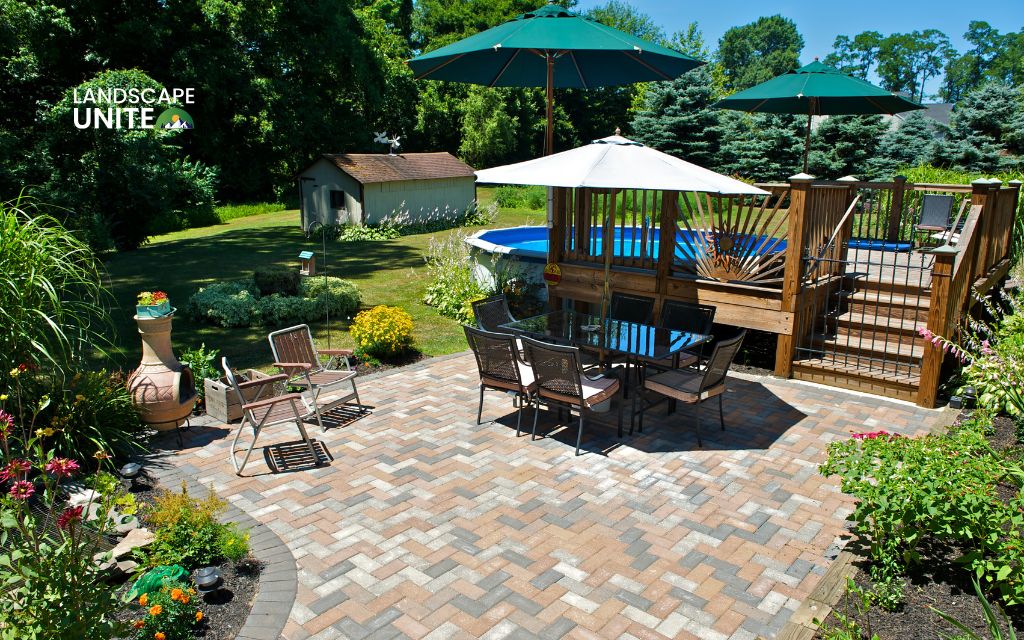
Install rain collection systems
Rain barrels and cisterns capture free water for use during dry periods, reducing your dependence on municipal water supplies.
Even areas with low annual rainfall often receive enough precipitation to collect meaningful amounts of water for garden use. This stored water is also ideal for plants, as it’s naturally soft and free of chemicals.
Best for: Gardens in areas that receive seasonal rainfall or homeowners interested in maximizing water conservation.
Key principles every beginner should know
The core principle is simple: work with nature, not against it. By choosing plants adapted to your local climate and implementing water-efficient design strategies, you can create a landscape that’s both environmentally responsible and visually appealing.
Understanding these foundational concepts will set you up for xeriscaping success:
- Water-efficient plant selection involves choosing species that naturally thrive in your climate with minimal supplemental watering. This doesn’t limit you to desert plants – many beautiful perennials, ornamental grasses, and even some flowering shrubs are naturally drought-tolerant.
- Hydrozoning means grouping plants with similar water needs together. This allows you to water efficiently without overwatering drought-tolerant plants or underwatering those that need more moisture.
- Soil preparation focuses on improving drainage while maintaining the soil’s ability to hold moisture when plants need it. This might seem contradictory, but proper soil amendment creates the ideal growing environment for most xeriscape plants.
- Strategic use of mulch helps retain soil moisture, suppress weeds, and regulate soil temperature – all while reducing your maintenance workload.
How much does xeriscaping cost?
The typical xeriscaping project ranges from $3 to $15 per square foot, depending on complexity and materials chosen. For a standard 1,000-square-foot front yard, homeowners can expect to invest between $3,000 and $15,000, with most projects falling in the $6,000 to $10,000 range.
- Initial investment considerations: While xeriscaping can require significant upfront costs for plants, mulch, and irrigation systems, these expenses are typically offset by reduced water bills and maintenance costs within 2-3 years.
- Cost-saving strategies include starting plants from seeds when possible, dividing existing perennials, participating in native plant society sales, and implementing the project in phases to spread costs over time.
- Long-term savings extend beyond reduced water bills. Xeriscape gardens typically require less fertilizer, fewer pest control measures, and minimal replacement planting compared to traditional landscapes.
Discover the detailed guide to xeriscape costs in this blog.
Conclusion
Xeriscaping offers a smart solution to rising water costs, time constraints, and environmental concerns. These beginner-friendly ideas help you create a beautiful, sustainable landscape that requires less water, maintenance, and money while supporting local ecosystems.
Start with one project that fits your situation – whether it’s replacing a section of lawn with ground covers, creating a rock garden, or installing a simple drip irrigation system. The most stunning xeriscape gardens develop gradually as plants mature and establish themselves.
Ready to take your gardening skills to the next level? Learn more from our landscaping resource to level up your garden with expert tips, detailed guides, and seasonal advice for creating the outdoor space of your dreams.
Frequently Asked Questions (FAQs)
What is the cheapest way to xeriscape?
Start with ground covers to replace small sections of lawn, use mulch extensively, and focus on native plants that often cost less and establish more easily than exotic species. Collecting rainwater and composting also reduce ongoing costs significantly.
What are the easiest plants to use for xeriscaping?
Begin with native plants adapted to your region, as they require the least care once established. Ornamental grasses, sedum varieties, and Mediterranean herbs like lavender and rosemary are generally foolproof for beginners.
Can I replace my entire lawn with xeriscaping?
Yes, though it’s often better to transition gradually. Consider keeping small areas of drought-tolerant turf for high-use areas while converting the rest to ground covers, hardscaping, or planted beds.
How do I make sure my xeriscape garden looks attractive all year round?
Focus on plants with different seasonal interest periods, include evergreen structure plants, choose ornamental grasses with winter appeal, and incorporate hardscaping elements that provide year-round beauty.
